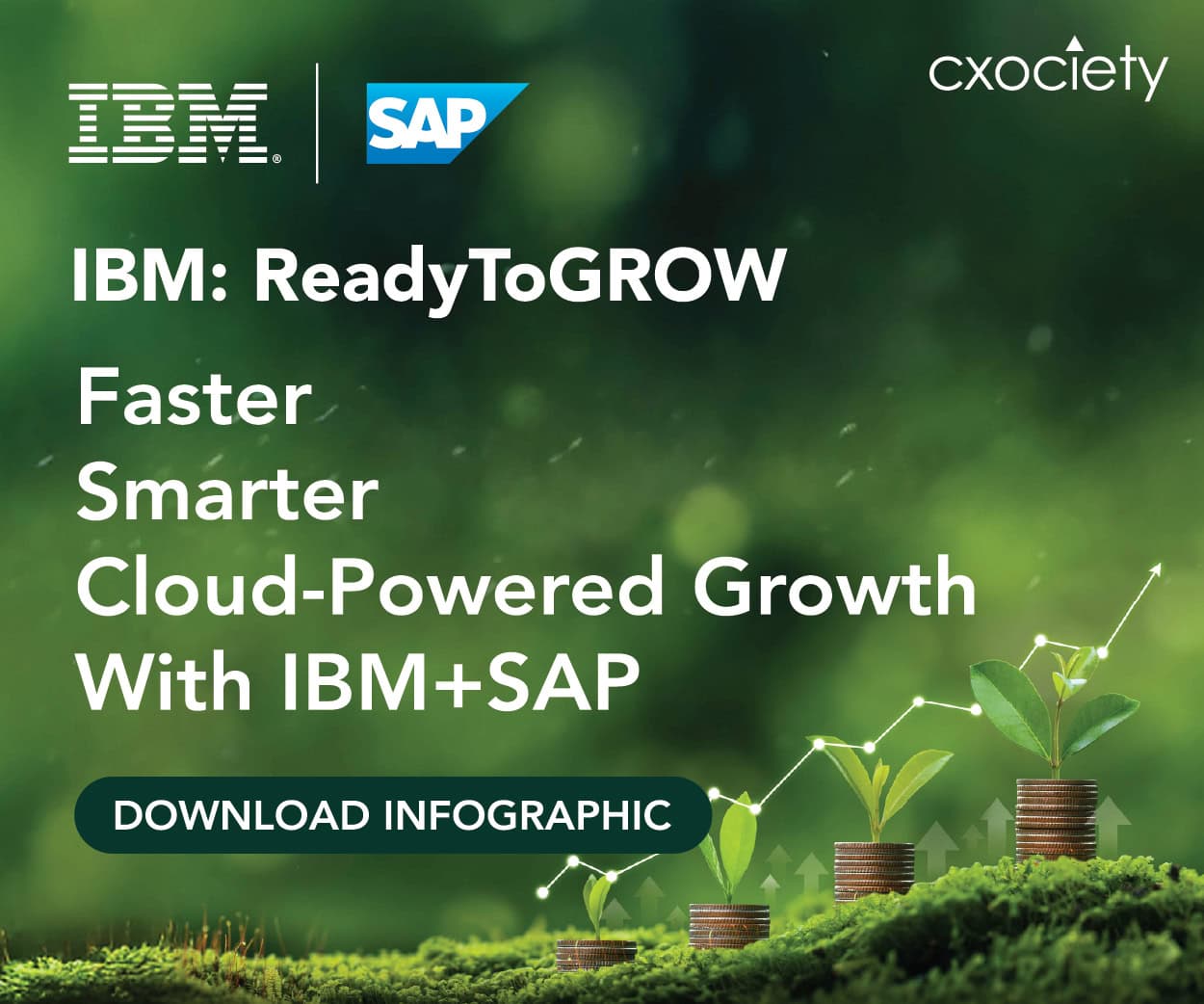Like heavy traffic. Crazy and chaotic.
Yet, despite the barriers, vehicles still make their way from point A to point B. They move precisely because the craziness and chaos create opportunities for creativity and innovation.
That is how Prem Pavan, vice president & GM OF South East Asia & Korea (SEAK) at Red Hat, describes the pace of transformation in the technology landscape in the Asia Pacific Region. Although faced with challenges, technology leaders are given opportunities to thrive through turbulent times.
In the ever-evolving global tech landscape, Asia-Pacific is not merely keeping pace but positioned to accelerate into the future.
"There's huge vibrancy in the market, there's a huge energy," Pavan observed.
Weathering the storms
Pavan pointed to two major crises that shook the tech landscape in APAC: the global financial crisis (2008 to 2009) and the COVID-19 pandemic (2020 to 2023).
A report from the International Monetary Fund noted that the financial crisis hit Asia particularly hard: "The abrupt deceleration in growth in Asia has been more rapid than in other regions, and in key countries even sharper than at the epicentre of the global crisis. In the fourth quarter of 2008, GDP in Asia, excluding China and India, plummeted by close to 15 per cent on a seasonally-adjusted annualised basis."
Meanwhile, the COVID-19 pandemic brought widespread disruption to supply chains and exposed the region to heightened cybersecurity threats.
"Turbulence eventually creates innovation," Pavan reflected. "How do we work through that innovation, and how can technology vendors and partners support it?"
Today, the Asia Pacific region continues to face uncertainty stemming from trade tensions and tariffs that affect component sourcing and manufacturing, regulatory pressures that increase compliance complexity and costs, and shifting economic conditions that affect consumer demand, growth, and competition.
Still, Pavan sees the opportunity: "As much as there's turbulence, and every other year, something new comes into play. Our conversations continue about how to drive value to our customers."
Creativity, technology, and resilience
Pavan noted how the pandemic shifted the IT mindset, especially in countries like Korea, Indonesia, and Malaysia, which had once been conservative about digital transformation.
"The moment you had massive supply chain disruptions through COVID, customers or banks or governments needed to continue to operate business as usual. They had to get creative. They had to start looking at other ways to deploy their applications," Pavan said.
Digitisation remains a key regional focus, increasing the demand for reliable infrastructure.
"There's still much digitisation happening," Prem explained. "And the moment you're digitising, you need infrastructure: basic things like enterprise-ready, stable operating systems."
The region's hunger for resilient digital infrastructure positions it as a fast-growing zone, especially as governments and enterprises seek scalable, cost-effective, and secure systems to power their transformation journeys.
Moreover, Pavan said that the hybrid cloud has become a standard and a reality for how APAC organisations build and scale services.

"We always said the world would stabilise somewhere in the hybrid world," Pavan shared. "We've seen that happening. A significant number of workloads are now running on OpenShift in this region."
He added that ASEAN and Korea account for some of the most significant OpenShift workloads across the Asia-Pacific region, underscoring the region's strategic adoption of hybrid and open platforms.
Even automation, often seen as a cost-saver in high-labor-cost markets, is taking root in Southeast Asia through use-case-driven innovation.
"We still see huge potential in automation, especially in managing support and balancing development and operations," said Pavan. "It's less about cost savings and more about driving efficiency and innovation."
Resilience, he explained, isn't just about bouncing back; it's about staying ahead.
"Every opportunity and innovation comes with risk, new exposures, and vulnerabilities; there's no doubt about it. We spoke in the context of agentic AI so that new vulnerabilities will arise.
For instance, during COVID-19, as online transactions increased, e-commerce also expanded, and cybersecurity issues emerged simultaneously.
"It's just made customers and governments and all the people that we work with more resilient, definitely more resilient," he said.
Leadership in trying times

Albert Chai, a general manager for Red Hat's Rest of Southeast Asia (RoSEA) region, explained the importance of leadership in navigating turbulent times.
"It's really about the mindset of embracing change, embracing uncertainty and fear. This is where policymakers and business decision-makers must be bolder and more courageous.
In turbulent times, it starts with your mindset as a leader. Prem Pavan
"In turbulent times, it starts with your mindset as a leader. I like to bring to any turbulent situation a mindset that something good always comes from it. Something new will come out of it," Pavan added.
He said that leading through turbulence requires leaders to motivate their teams to navigate and manage difficult situations and figure things out: "Look at the opportunity within this focus. I think leadership in turbulent times is focusing on the opportunities and being able to drive that outcome.
He underscored the importance of technology in navigating turbulence, saying it is an enabler. However, leading through turbulence is ultimately about people management.
"I think our ability to lead and drive people is very critical. As leaders, we need to be open to new ways of adapting to specific situations and instil that mindset throughout the rest of the team. Then technology becomes an enabler," Pavan said.
Thriving through turbulence
"The more we want to talk too much about being resilient, I feel, is an issue. Resilience is a consequence, an outcome that comes out of basically a mindset," Pavan said.
He urges technology leaders to ask the right questions in the face of turbulence, such as: What do we do right now to deal with a particular situation? What do we see in the next five years? How do we want to resolve and work through that? How do we work with what you have, the teams that you have, and what are the opportunities that you have currently? How do you work through that?
"Resilience becomes an outcome of us being able to respond through that change," he said.
In a time of tech volatility, Asia-Pacific is charting a path marked by openness, scalability, and relevance.
"What we're doing with AI today is going to set us up for tomorrow," Pavan said. "And we're doing it the open way."





